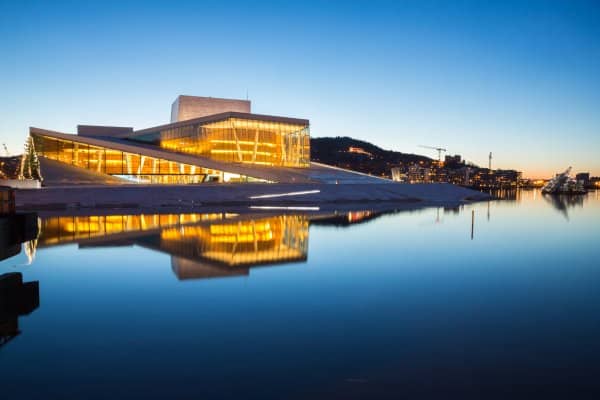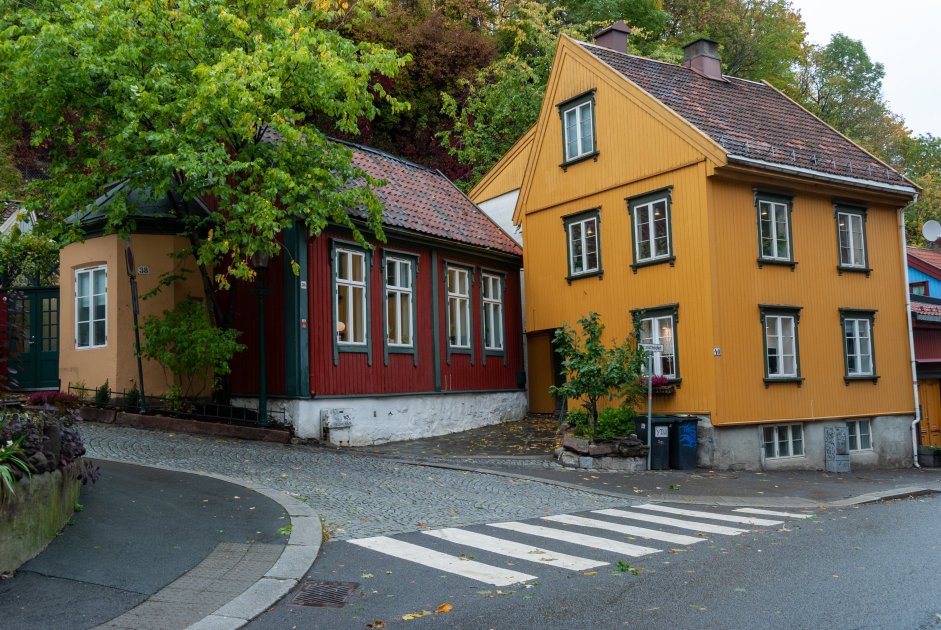Start your acquaintance with the country of fjords from the capital – Oslo. This beautiful, modern, vibrant city with unusual architecture will fill you with a wave of inspiration and will certainly surprise you. Read our selection of what to see in Oslo.
Streets Damstredet & Telthusbakken
These two streets are located five minutes apart in the southern part of the Grünerlocka district. Once upon a time, mostly poor people lived here, but then the cozy area was chosen by representatives of creative bohemia. Now Damstredet & Telthusbakken is an island of national color with the true character of Oslo. The oldest buildings here date back to the 18th century.
The young Edvard Munch loved to walk along the cobbled streets with miniature colorful houses. The Norwegian artist even captured Damstredet & Telthusbakken in a series of watercolors.
Akershus Fortress and Castle
Akershaus Castle has a very dramatic history. It was founded in the 13th century, survived the Swedish siege in 1308, but burned to the ground in 1527 in a fire that broke out due to a lightning strike. After these events, the castle was rebuilt.
As for Akershus Fortress, this is the first example of stone architecture in Norway. Now behind the massive walls of the fortress hides an elegant Renaissance-style palace, a royal chapel and two museums – the Norwegian resistance and the history of the construction of the fortress itself. Watch the spectacular changing of the guard ceremony here (takes place at 13:30), walk through the palace halls, look into the chapel, and, of course, appreciate the gorgeous view of Oslo and the bay.
Address: Akershus Slott, Akershusstranda, Akershus Festning
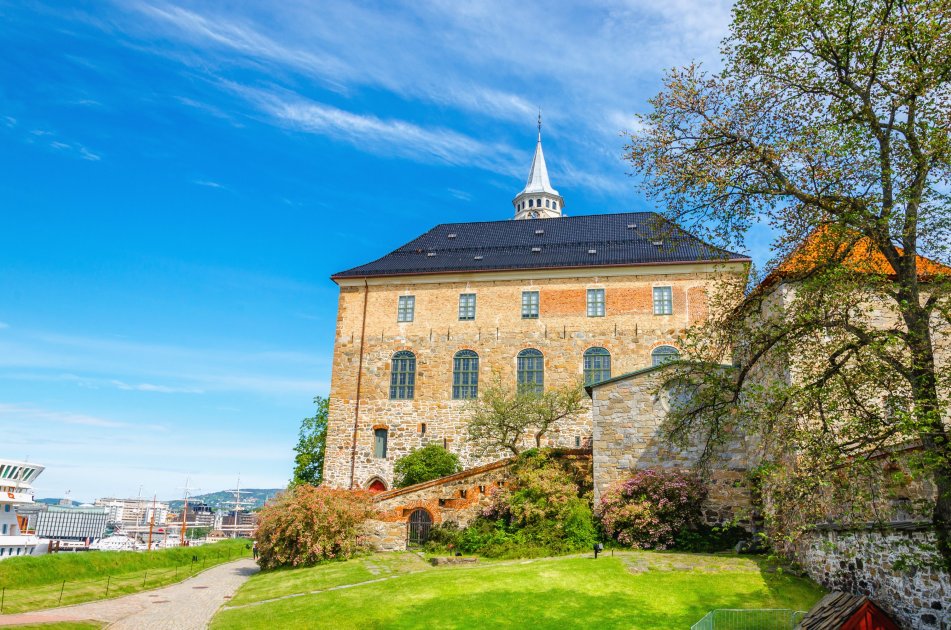
Frogner Park
Frogner Park, also known as the sculpture park, is dedicated to the works of the famous Norwegian sculptor Gustav Vigeland and was created by him personally from 1907 to 1942.
Here are collected 227 sculptures made of bronze and granite, which the master dedicated to human feelings and relationships in all their diversity and complexity. Among the most popular exhibits in the park is a 14-meter stele consisting of 121 human figures. It took the sculptor 14 years to carve it from a giant piece of granite.
Address: Address: Frogner Park, Kirkeveien.
Working hours: around the clock.
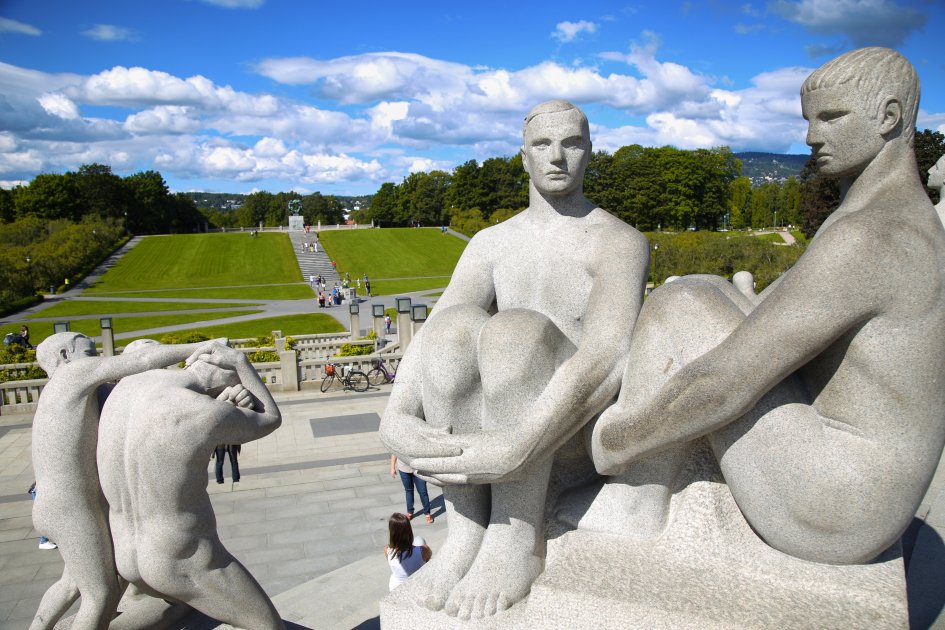
Town Hall
The Town Hall building is an architectural monument of the 20th century and a famous symbol of the capital. We are sure that you have seen this picture on the Internet. The city council meets at Oslo City Hall. In addition, this is where the Nobel Peace Prize is awarded every year.
The interior of the town hall is in keeping with the traditions of Norwegian national culture and reflects outstanding events in the history of the country, including the events of the Second World War. The building contains a galleries gallery (decorated by Axel Revold), a banquet hall (by Johan Wilhelm Midelfart) and a “Munch room” with Edvard Munch’s painting “Life”.
Address: Rådhusplassen, 1
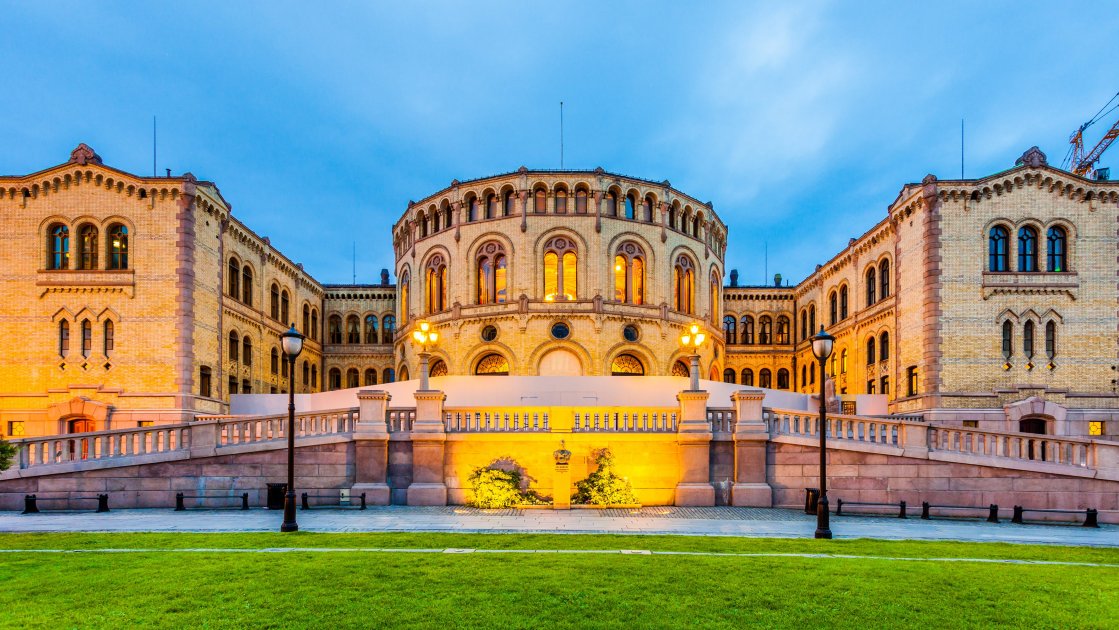
Opera theatre
Excellent opera and ballet performances are shown here, but first of all, the theater amazes with its futuristic architecture. Take a closer look – the building looks like an Iceberg floating on the waters of Oslo Bay.
The size of the base of the building can be compared to a football field; its area is 38 thousand square meters. It’s hard to imagine, but the opera has 1,100 rooms and three stages. Among the main features of the building is the marble roof on which you can walk. Be sure to go up to see the capital from an unusual angle. The panorama of the city center and the view of the islands of the Oslofjord with their bright wooden houses should be your focal point.
Address: Kirsten Flagstads plass, 1.
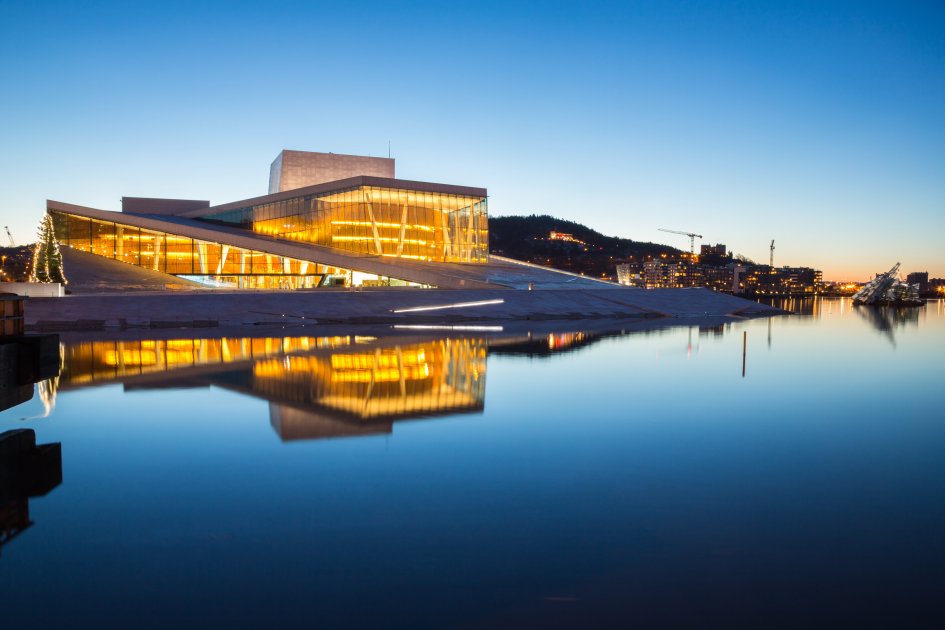
Sørenga embankment
Behind the opera house there is a small suspension bridge, crossing which you will get to the embankment. How beautiful it is at sunset! In the walking area by the water there are many cafes and restaurants where you can try local cuisine and raise a glass of wine as you explore the Norwegian capital.
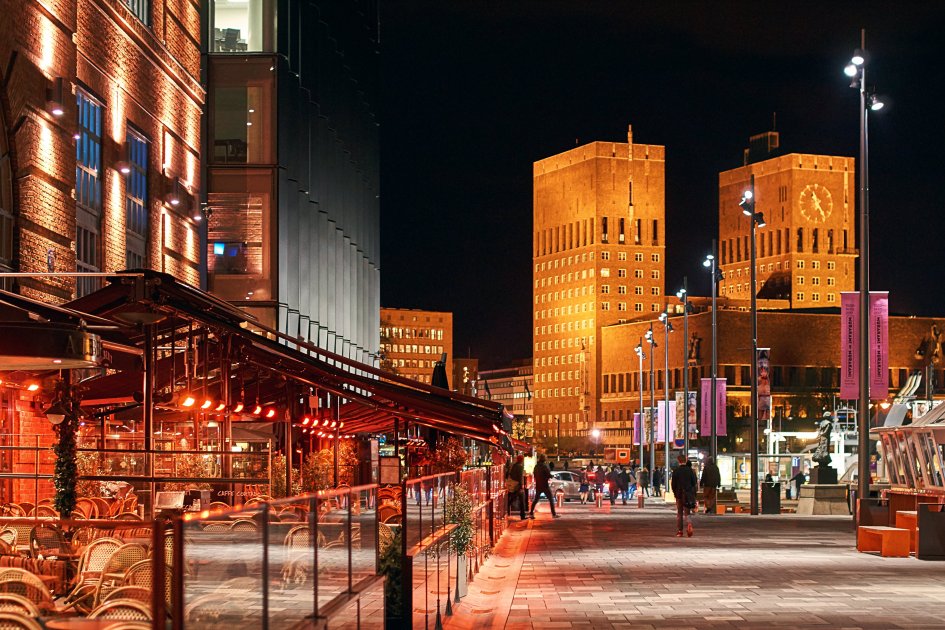
Bygdøy Museum Peninsula
You will want to come back here again and again. There are as many as five magnificent national museums on the Bygdøy peninsula: the Viking Ship Museum, the Fram Museum, and the Norwegian Folk Museum., Kon-Tiki Museum and Norwegian Maritime Museum. Each of them is worthy of a visit. But not just museums.
The peninsula is home to the official summer residence of the King of Norway and Oscarshall Castle. And for cyclists and hikers there are excellent trails, and for those who want to cool off in the cool water there are excellent beaches.
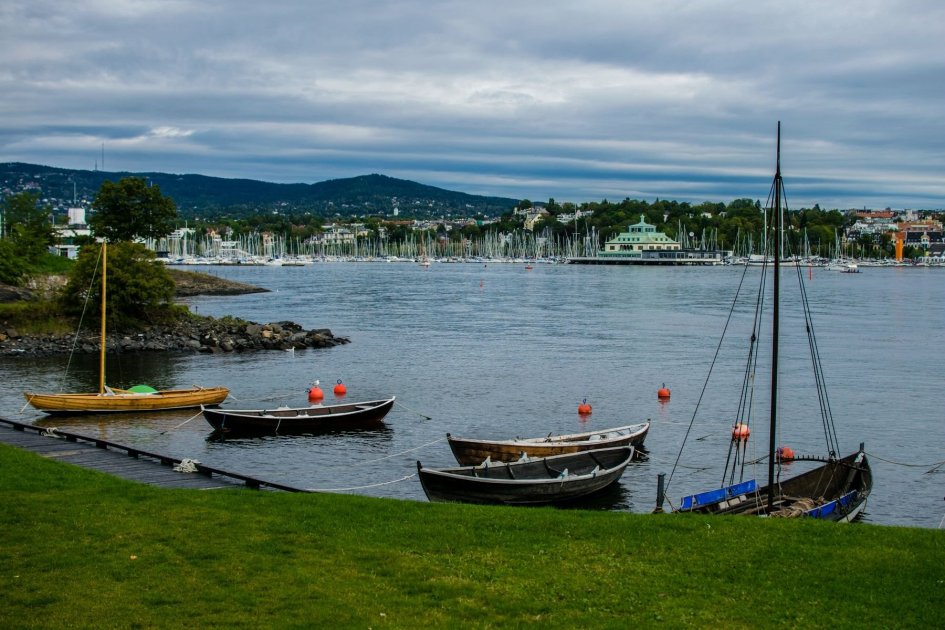
Photo by pac
Norwegian Folk Museum
Here you can learn everything about the life of Norwegians – from the Middle Ages to the present day. This open-air museum features traditional Norwegian houses from different eras. In particular, there is a real wooden church from the 12th century, built without a single nail. At the ends of the roof of this church there are images of dragons – an attribute of Viking ships.
Working hours: Monday to Friday from 11:00 to 15:00, Saturday and Sunday from 11:00 to 13:00.
Address: Museumsv, 10.
You can book a hotel in Oslo with a discount of up to -65% Online.
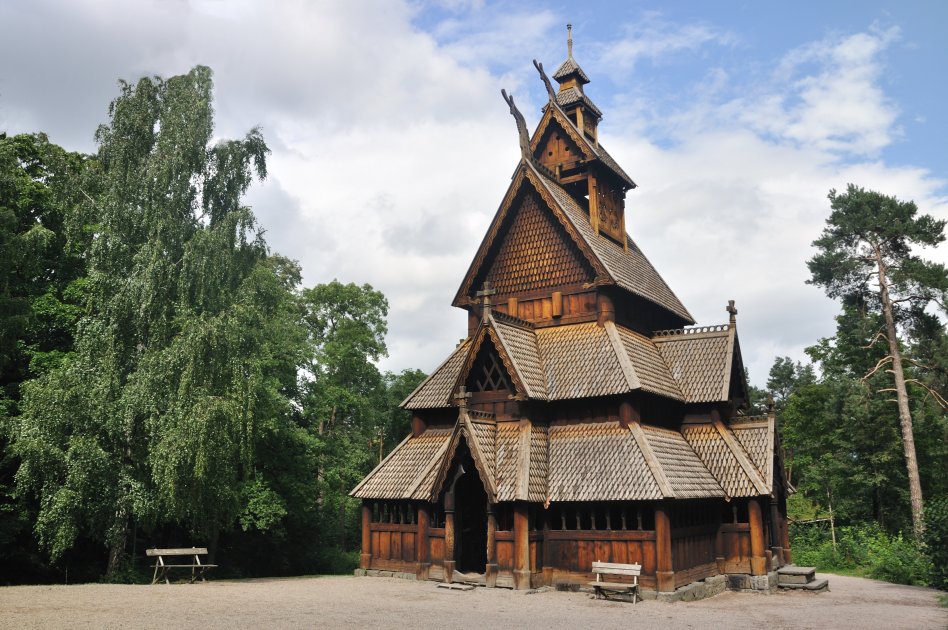
Viking Ship Museum
One of the most visited museums in Oslo. Three priceless exhibits are exhibited here – the Thun, Gokstad and Oseberg ships, on which the Vikings sailed across the ocean more than 1000 years ago.
Here you can learn about the design features of these ships (drakkars), see Viking household items, elements of clothing and jewelry.
Address: Huk Avenue 35.
Working hours: from May to September from 09:00 to 18:00, from October to April from 10:00 to 16:00.
Kon-Tiki Museum
This is a private museum dedicated to Thor Heyerdahl. It is also located on the Bygdøy Peninsula, and its main exhibit is the same Kon-Tiki raft on which Thor Heyerdahl crossed the Pacific Ocean in 1947. The exhibition also includes other ships on which Thor Heyerdahl carried out his expeditions. Those who are in the know will absolutely love it.
Address: Bygdøynesveien, 36.
Working hours: all year round, seven days a week, except December 31, January 1 and May 17.
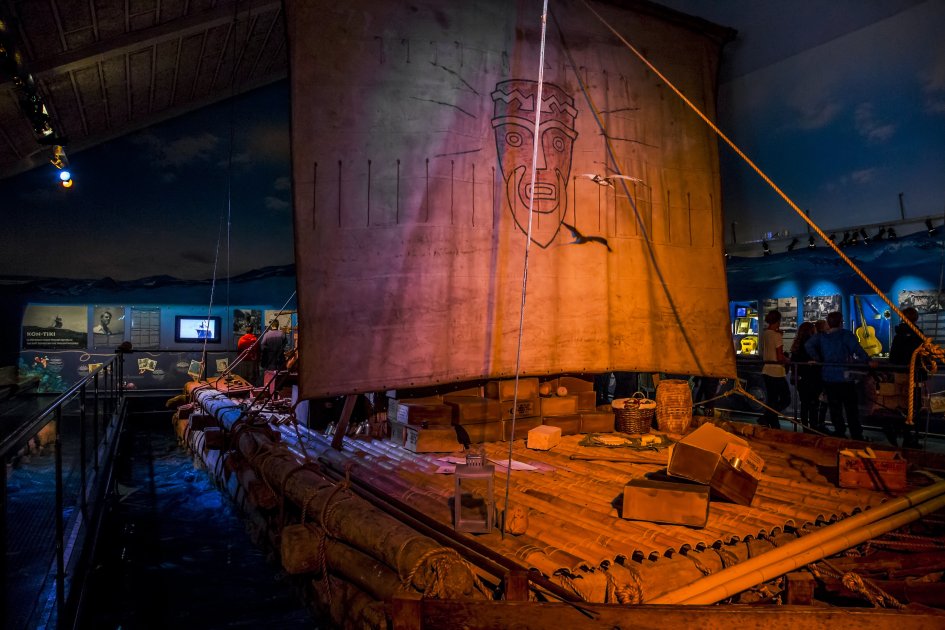
Reptile Park
The population of the park is truly impressive: about a hundred species of lizards, snakes, spiders and fish, including poisonous ones. The inhabitants of the terrarium are fed on Tuesdays at five o’clock in the evening. If the mere sight of a reptile having lunch doesn’t make you shudder, be sure to stop by – you won’t be bored!
Address: St. Olavs Gate, 2.
Working hours: Tuesday–Saturday from 10:00 to 18:00, closed on Monday.
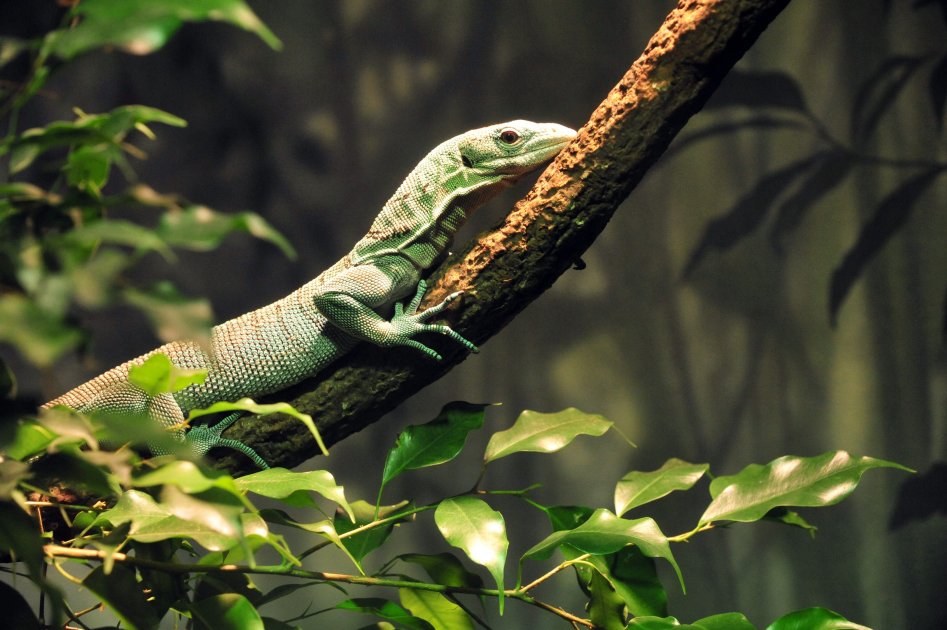
Parliament building Storting
The word “Storting” refers to Norway’s unicameral parliament. It was created in 1814, and the date of its foundation is recognized as a public holiday. Representatives of the legislative body meet in a beautiful building with more than 150 years of history.
The building is built of yellow brick in an eclectic style. It has excellent proportions, blending into the surrounding landscape without dominating it. There are nine doors leading inside, and they are always open, indicating that anyone can contact the authorities and get help – or just admire the interior decoration.

Oslo Cathedral
The temple bears the honorary title of the main cathedral of Oslo. The construction date is 1697 (since then it has undergone numerous restorations, which have allowed it to preserve its unique design). The unique interior with an ancient altar from 1748, paintings of the Last Supper and the Crucifixion by M. Rush, stained glass windows by E. Vigeland, painted ceilings and luxurious wall decoration deserves special attention.
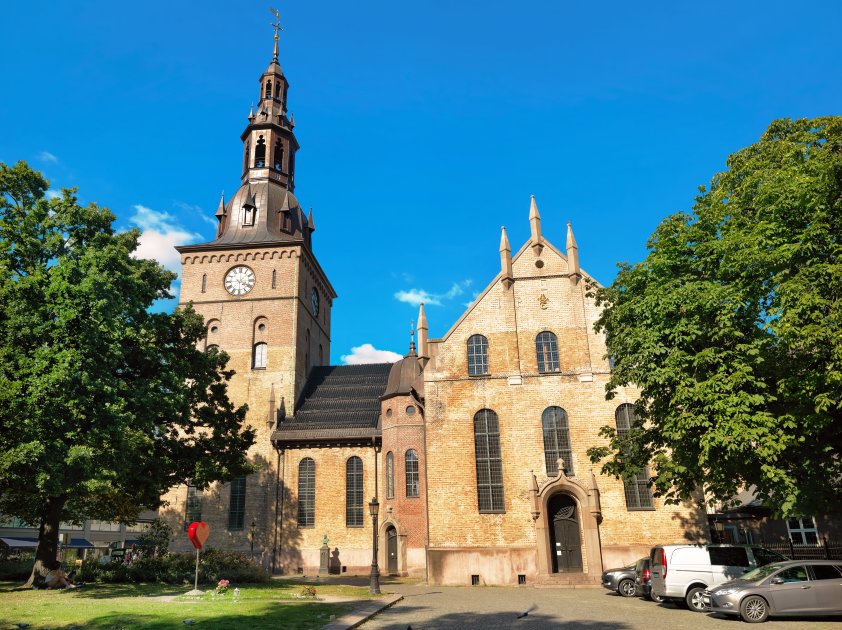
Spassky Cemetery
An ancient cemetery, established more than 200 years ago. Today it has its own Lutheran cathedral and parish. Now the necropolis is a memorial; burials have ceased since the mid-20th century. The graves of famous scientists, politicians and cultural figures of the state are located here.
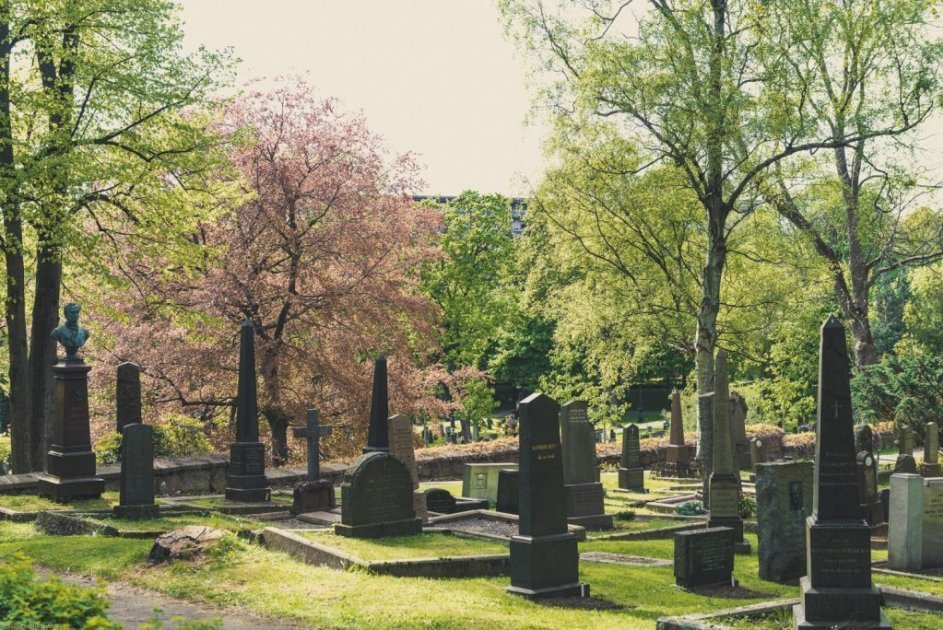
Photo by – topgid
Fram Museum
Guides in Oslo especially recommend visiting this attraction for those who are passionate about the history and life of Antarctica. The main example of the museum complex is the ship, thanks to which R. Amundsen once conquered the mainland. In addition to the ship, it is possible to examine medical devices, stuffed Antarctic animals, navigation equipment, and personal items of seafarers. The nice thing is that you can inspect the entire ship, going into the technical rooms and cabins, going up to the wheelhouse and deck.
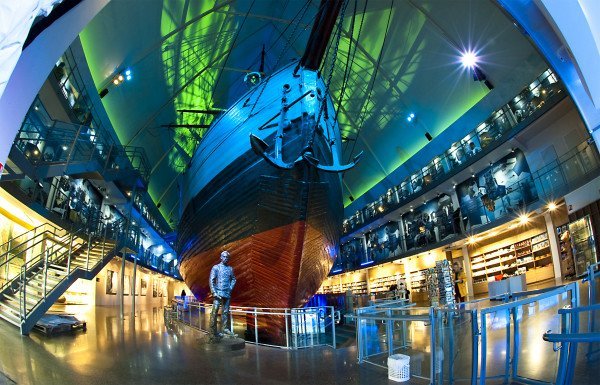
Photo by: norway-travel
